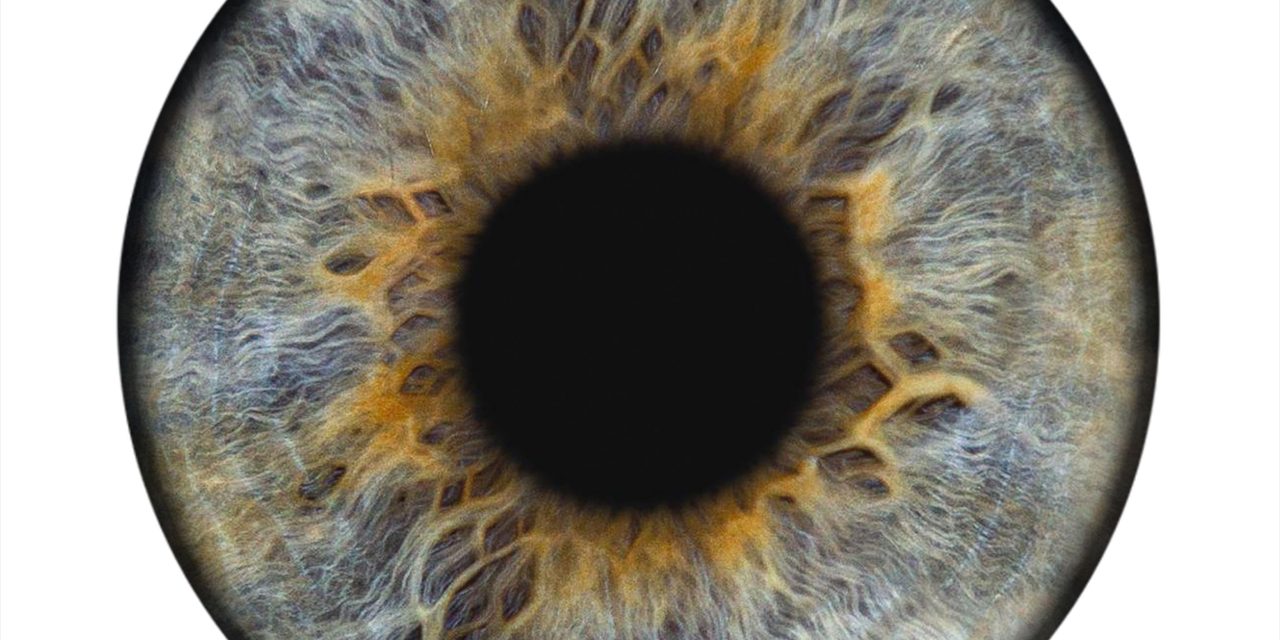To describe measurements of in vivo structures of the visual pathway beyond the retina and optic nerve head associated with canine primary angle-closure glaucoma (PACG).
A prospective pilot study was conducted using magnetic resonance diffusion tensor imaging (DTI) to obtain quantitative measures of the optic nerve, chiasm, tract, and lateral geniculate nucleus (LGN) in dogs with and without PACG. 3-Tesla DTI was performed on six affected dogs and five breed, age- and sex-matched controls. DTI indices of the optic nerve, optic chiasm, optic tracts, and LGN were compared between normal, unilateral PACG, and bilateral PACG groups. Intra-class correlation coefficient (ICC) was calculated to assess intra-observer reliability.
Quantitative measurements of the optic nerve, optic tract, optic chiasm, and LGN were obtained in all dogs. There was a trend for reduced fractional anisotropy (FA) associated with disease for all structures assessed. Compared to the same structure in normal dogs, FA, and radial diffusivity (RD) of the optic nerve was consistently higher in the unaffected eye in dogs with unilateral PACG. Intra-observer reliability was excellent for measurements of the optic nerve (ICC: 0.92), good for measurements of the optic tract (ICC: 0.89) and acceptable for measures of the optic chiasm (ICC: 0.71) and lateral geniculate nuclei (ICC: 0.76).
Diffusivity and anisotropy measures provide a quantifiable means to evaluate the visual pathway in dogs. DTI has potential to provide in vivo measures of axonal and myelin injury and transsynaptic degeneration in canine PACG.
© 2020 American College of Veterinary Ophthalmologists.
Diffusion tensor imaging of the visual pathway in dogs with primary angle-closure glaucoma.


